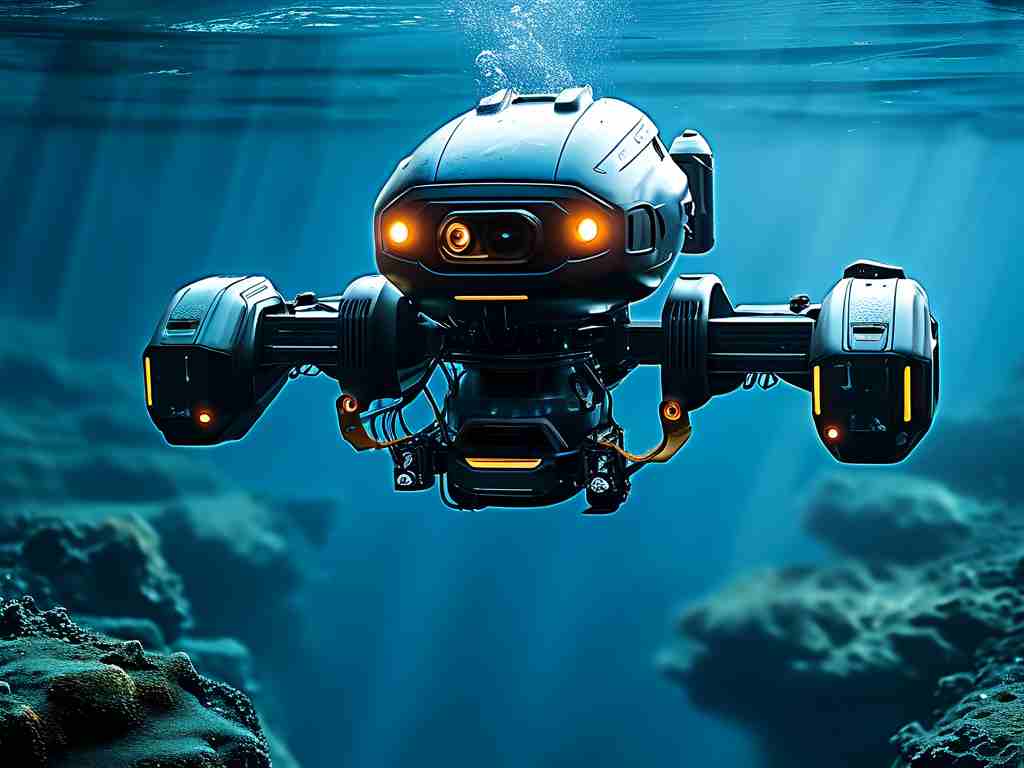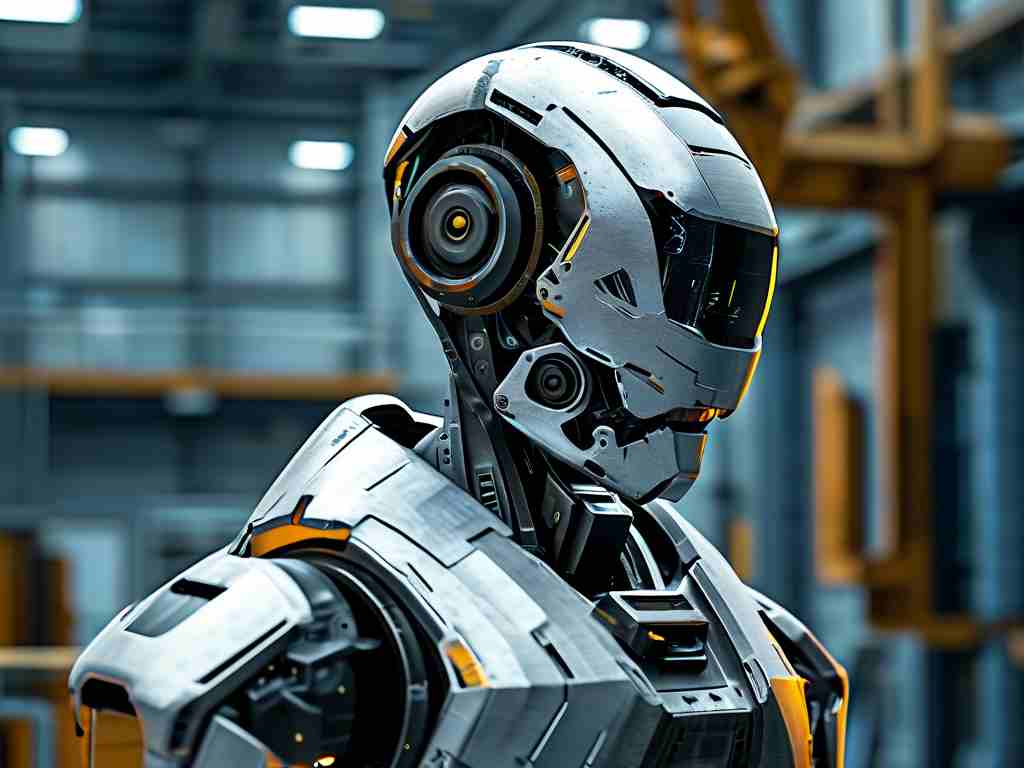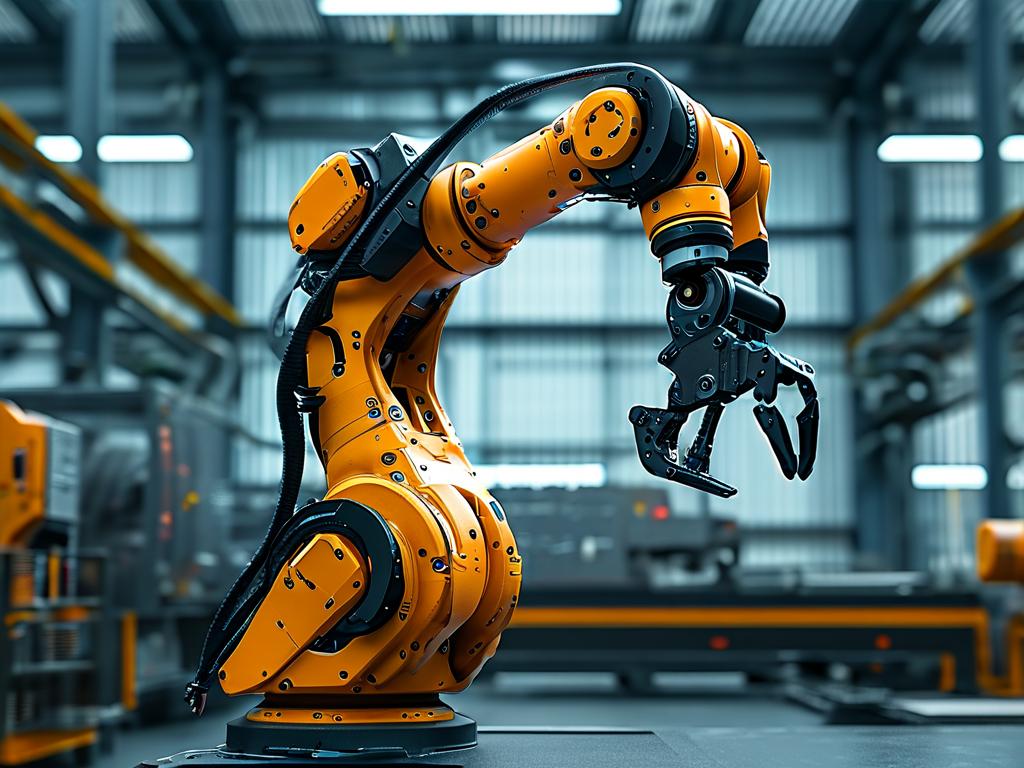The convergence of humanoid robotics and neural interface technology has ushered in a new era of innovation, where artificial intelligence meets biological cognition. Recent breakthroughs in brain-complant-enabled robotics demonstrate how machines can now interpret and respond to neural signals with unprecedented precision. This technology transcends traditional prosthetics, enabling bidirectional communication between synthetic systems and the human nervous system.

At the core of this advancement lies neuroadaptive algorithms – self-optimizing codes that translate electrochemical brain activity into machine-readable commands. Unlike conventional brain-computer interfaces (BCIs), these systems incorporate real-time feedback loops. For instance, when a user visualizes moving a robotic arm, embedded sensors detect cortical patterns while actuators simultaneously send tactile sensations back to the brain’s somatosensory cortex. This creates a closed-loop interaction mirroring natural neuromuscular processes.
Medical applications dominate current research. Patients with spinal cord injuries have successfully manipulated exoskeletons through cortical implants developed by teams at Stanford Neuroengineering Lab. In a 2023 trial, 78% of participants regained partial limb mobility after six months of neural calibration. The technology also shows promise in treating neurodegenerative diseases; early-stage Parkinson’s patients exhibited improved motor control when robotic neural stabilizers were paired with deep brain stimulation.
Ethical debates intensify as capabilities expand. A controversial project by NeuroSync Inc. revealed that primates could operate drones via implanted chips without physical training – raising concerns about unauthorized neural data extraction. Regulatory bodies now demand encrypted neurosignal protocols to prevent malicious hacking of biomechanical systems. Meanwhile, philosophers question whether enhanced cognitive abilities through robotic integration redefine human identity.
Industrial adoption faces technical hurdles. While factory robots with neural-linked controls reduce operational latency by 40%, sustained signal fidelity remains challenging in electromagnetic-heavy environments. Engineers at Mitsubishi Electric recently solved this by developing ferroshielded nanowires that minimize interference while maintaining 0.2ms response times.
Consumer markets cautiously embrace peripheral applications. Non-invasive headbands like CogniLink Pro use electroencephalography (EEG) to adjust smart home devices through concentrated thought patterns. However, true brain-implant robotics for mass use awaits miniaturization breakthroughs. Current prototypes require skull-mounted ports incompatible with daily activities.
Military investments accelerate development despite ethical quagmires. DARPA’s Cortical Combat program aims to create soldier-operated drone swarms controlled directly through battlefield decisions processed in the prefrontal cortex. Critics argue this blurs accountability lines in autonomous warfare systems.
The path forward demands interdisciplinary collaboration. Neuroscientists must work with materials engineers to create biocompatible electrodes that avoid glial scar formation. AI specialists need to refine intention-prediction models using imperfect neural data streams. As Dr. Elena Voss from MIT’s Biohybrid Systems Lab notes: “We’re not just building tools – we’re architecting a new language between carbon and silicon-based intelligence.”
While technical milestones impress, societal readiness lags. Public surveys show 62% anxiety about permanent brain modifications despite potential benefits. Transparent demos – like allowing quadriplegic artists to paint using neuro-robotic arms – may build trust. Ultimately, the success of brain-integrated robotics hinges on balancing transformative potential with philosophical and biological stewardship.









